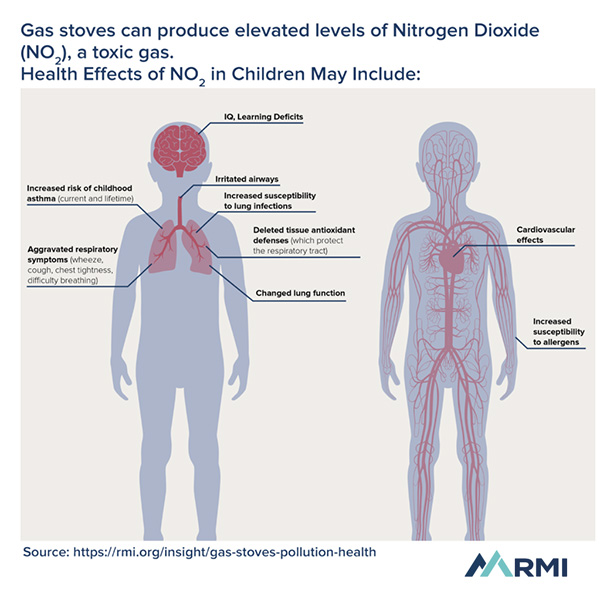
Making our homes more comfortable and better for our health
Replacing gas appliances with electric and making our homes more efficient and comfortable with improve our families health
Too many of our homes are too cold in winter, too damp, too hot in summer and have poor indoor air quality due to burning wood or gas inside. This can make us physically and mentally sick and in some instances – cause premature deaths.
Tony Abbott infamously made common knowledge – the terrible statistic that more people die of cold in Australia than in Sweden.
‘Glorified Tents’ for homes
How often have we heard people who come from cold climates say that the coldest they have ever felt – was their first Australian winter?
This is because the great majority of our homes were built before mandatory thermal standards were introduced in 2006.
Most people will be familiar with the NatHERS star rating for homes. The NatHERS star bands indicate the amount of heating and cooling energy (kWh) needed per square metre annually – for that particular climate zone.
Homes built before mandatory standards have a truly terrible 0.5-2 star NatHERS – with an average across all homes (including new homes) in Victoria of a paltry 1.8 stars. So it should be no surprise to learn that 30% of Australian homes have indoor temperatures over winter less than the WHO safe minimum of 18C.
The NatHERS scale is exponential. The energy demand difference between the lowest bands – is much greater than the highest bands.
This means that there are huge benefits in energy demand reduction and comfort from making even modest improvements to the worst performing houses. For example – making a 1 star improvement to a 0.5 star home reduces space conditioning energy by the same amount that a 4 star home uses in total or twice the total energy of a 7 star home.
And the worst performing homes of an already bad bunch – are rental homes.
Their poor performance means that it takes a lot of energy to maintain a comfortable temperature. As these homes also often have inefficient appliances and households already experiencing financial hardship and pre existing health issues – they also suffer the worst health consequences of poor housing.
Living in a home that is too cold and damp increases the risk of asthma but it is also a source of chronic stress – especially when you are powerless to change this.
Poor Indoor Air Quality 
The poor thermal performance of Australian homes, draughtiness, lack of controlled ventilation, poor building practices, occupant behaviours, high outdoor air humidity and burning wood and gas – all lead to poor indoor air quality.
Research published in the Medical Journal of Australia in 2018 found that 7.9% of childhood asthma was caused by damp housing and 12% by burning gas inside – particularly gas cooktops.
These serious health outcomes are avoidable through:
- removing wood and gas burning appliances and replacing with efficient electric alternatives
- insulation
- air sealing
- direct ventilation of bathrooms, laundries and kitchens to the outdoors
- not drying washing inside
- regularly opening windows
- keeping winter indoor temperatures above 18C
- properly managing moisture in the building fabric
Improving the quality and performance of existing Australian homes particularly rental, social and public housing would lead to significant public health benefits.
Because of the seriousness, scale and urgency of these problems – we need minimum standards for existing homes for ventilation, heating and thermal efficiency and policies to encourage gas and wood appliance replacement plus new building code standards to prevent dampness and mould.
Our homes don’t have to make us sick.
Join Lighter Footprints on 24 May to hear from engineer and home energy expert Tim Forcey about the benefits of moving off gas to become an efficient electric home.
References
https://www.healthyhousing-cre.org/burdenofdisease
Have a gas stove? How to reduce pollution that may harm health – Harvard Health
Kicking the Gas Habit: How Gas is Harming our Health | Climate Council
Cooking with gas: How bad for your health is it, really? – One Step Off The Grid
The Victorian Healthy Homes Program Research findings | Sustainability Victoria
“Homeworthy” standard for renters – Environment Victoria
Gas industry knew about air pollution problems from stoves in early 1970s | RenewEconomy

